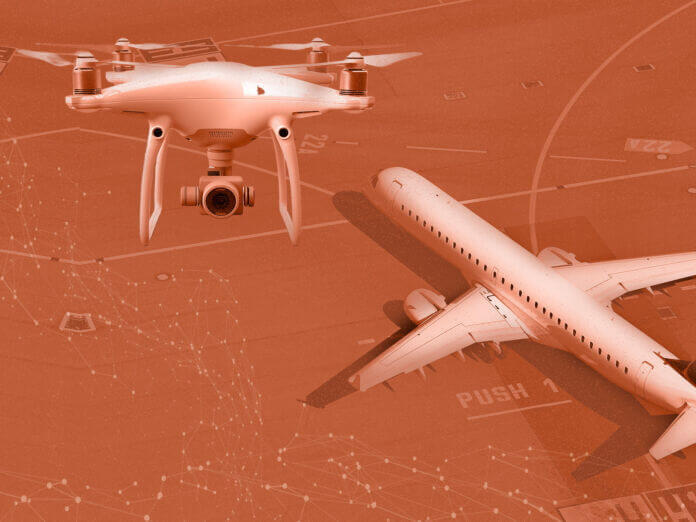
KORE – September 2, 2024
Collected at: https://www.iotforall.com/enhancing-airspace-surveillance-with-iot
The Internet of Things (IoT) is revolutionizing countless industries, and airspace surveillance is no exception. By providing real-time, low-altitude surveillance data, IoT is enhancing safety, security, and compliance for drone operators, small and medium airports, and infrastructure managers. As we continue to see technology and IoT expand, we can expect a transformation of industries such as this one. Not only does IoT provide options for increased efficiency, but it also presents opportunities for improved safety and operations. This blog explores how IoT is transforming airspace surveillance.
The Need for Enhanced Airspace Surveillance
As drone usage continues to skyrocket, ensuring safe and compliant operations becomes increasingly critical. Drone operators must navigate complex airspaces while avoiding collisions and adhering to regulations. Simultaneously, small and medium airports face unique challenges in monitoring and managing air traffic, particularly at low altitudes. Infrastructure managers also require precise surveillance data to maintain and protect assets such as bridges, pipelines, and power lines.
IoT is Transforming Airspace Surveillance
Real-Time Data Collection
IoT devices equipped with sensors and communication technologies collect and transmit real-time data from various points in the airspace. This data includes information on drone positions, weather conditions, and potential hazards. By integrating this data into centralized systems, operators gain a comprehensive view of the airspace, enabling more informed decision-making.
Enhanced Safety and Security
IoT-enabled surveillance systems enhance safety by providing real-time alerts about potential collisions, unauthorized drones, and other risks. These systems can automatically enforce no-fly zones and adjust flight paths to prevent accidents. For airports, this means improved monitoring of aircraft movements, reducing the risk of runway incursions and other incidents. Infrastructure managers benefit from continuous monitoring of critical assets, enabling rapid response to potential threats or damages.
Improved Compliance
Regulatory compliance is a significant concern for drone operators and airports. IoT solutions simplify compliance by automatically logging flight data, monitoring adherence to airspace regulations, and providing evidence in the event of incidents. This reduces the administrative burden on operators and ensures all activities meet legal and safety standards.
Benefits for Stakeholders
Drone Operators
For drone operators, IoT-enhanced surveillance provides peace of mind. Real-time data and automated alerts help avoid collisions and ensure compliance with airspace regulations. This not only enhances operational safety but also protects the investment in expensive equipment.
Small and Medium Airports
Airports benefit from improved traffic management and enhanced safety. IoT systems offer precise tracking of aircraft movements, enabling more efficient use of runways and reducing delays. Enhanced surveillance also supports better coordination with ground services, improving overall airport operations.
Infrastructure Managers
Infrastructure managers gain a powerful tool for monitoring and protecting critical assets. Continuous surveillance allows for early detection of potential issues, reducing maintenance costs and preventing costly damages. IoT data also supports more efficient asset management and planning.
Enhancing Global Airspace Surveillance with Reliable Connectivity
Curious about how IoT can enhance airspace surveillance for your operations? Download this case study showing how INVOLI is leading the charge. By leveraging IoT technologies, they are enhancing safety, security, and compliance in airspace operations.

Leave a Reply